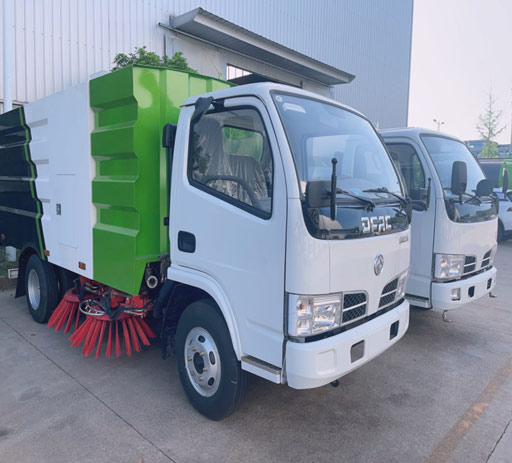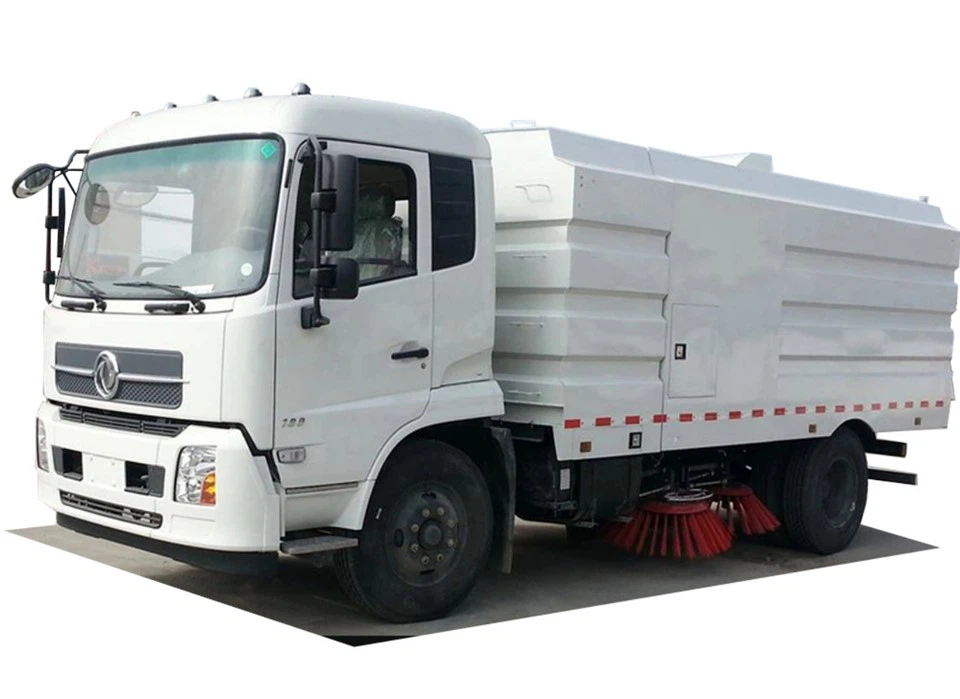The Significance of 5000 kg: Understanding Weight, Measurement, and Applications

The concept of weight is integral to various fields, from engineering and manufacturing to everyday life applications. One common measurement unit, the kilogram (kg), is the cornerstone of weight measurement around the globe. This article will delve deep into the significance of 5000 kg, discussing its applications, practical examples, and why understanding this weight is crucial in various contexts.
What Does 5000 kg Represent?
5000 kg is equivalent to 5 metric tons, a unit of measurement commonly used in both scientific and commercial contexts. This weight can be encountered in various scenarios, such as in transportation, shipping, construction, and even in personal fitness measurements.
Conversion of 5000 kg
Understanding how 5000 kg fits into other weight measurements can help in visualizing its significance. Here is a quick conversion table:

| Unit | Equivalent |
|---|---|
| Kilograms (kg) | 5000 kg |
| Pounds (lbs) | 11023 lbs |
| Metric Tons (tonnes) | 5 tonnes |
| Grams (g) | 5,000,000 g |
Practical Applications of 5000 kg
1. Construction Industry
In the construction sector, materials are often weighed in kilograms. A standard truck can carry a maximum weight of around 5000 kg, making it a common limit for on-site material deliveries.
2. Transportation and Logistics

In the logistics industry, understanding weight limits is critical for efficient transportation. A shipping container can hold goods that total up to 5000 kg, affecting shipping costs and practices.
3. Agriculture
In agriculture, 5000 kg could represent not just a single crop yield but also the capability of large machinery, like tractors, which can carry or tow weights around that mark.
4. Industrial Machinery
Heavy machinery and equipment used in factories often have weights in the range of 5000 kg. Lifting these requires specific cranes and equipment that can handle such loads safely.
Example of Industrial Use
A CNC (Computer Numerical Control) machine may weigh around 5000 kg, highlighting the need for careful planning in placement and operation within a manufacturing facility.
How to Measure 5000 kg
Measuring weight accurately is essential, especially when dealing with large items or quantities. Here are some practical tips:
1. Using a Digital Scale
Using a digital scale is probably the simplest method to weigh up to 5000 kg. Make sure the scale is calibrated to avoid discrepancies.
2. Weighing in Batches
For larger items that cannot be put on a scale directly, consider breaking them down into manageable parts and assessing the weight in batches.
Safety Considerations When Dealing with 5000 kg
When working with large weights, safety is paramount. Here are a few tips to ensure safety:
1. Use Proper Equipment
Always employ the appropriate lifting equipment and machinery rated to handle weights above 5000 kg.
2. Training and Awareness
Ensure that all personnel involved in lifting or transporting items weighing around 5000 kg are properly trained in safety protocols.
Environmental Impact of Heavy Weights
Large weights can also influence environmental factors during transportation and construction activities. Here are some considerations:
1. Fuel Consumption
Transporting heavy weights such as 5000 kg requires more fuel, which can increase carbon emissions. Being mindful of load planning can help mitigate these impacts.
2. Infrastructure Wear and Tear
Regular transport of heavy loads can degrade road infrastructure faster, leading to higher maintenance costs and increased environmental disturbance.
Case Study: 5000 kg in Shipping
In the shipping industry, a typical cargo ship might use containers that can collectively weigh up to 5000 kg. This example helps illustrate the importance of weight limitations on shipping and how they affect overall logistics.
| Container Type | Max Weight |
|---|---|
| 20 ft Container | 5000 kg |
| 40 ft Container | 10000 kg |
Tips for Managing Heavy Weights
Managing heavy weights such as those around 5000 kg can be challenging. Here are a few strategies that can help:
1. Load Distribution
Ensuring even load distribution is key to safe transportation and handling. Improper weight distribution can lead to accidents.
2. Monitoring Equipment

If you frequently deal with large weights, consider investing in monitoring technology that can support ongoing assessments of weight and load balance.
Understanding the Cost Implications
Working with weights like 5000 kg can directly influence costing in various industries. Here’s how:
1. Transport Costs
Transporting heavy loads usually incurs higher costs due to fuel, equipment needs, and insurance considerations.
2. Labor Costs
Increased labor might be required to handle heavy weights, necessitating additional training or hiring of specialized workers.
Frequently Asked Questions (FAQs)
1. What is 5000 kg in pounds?
5000 kg is approximately 11023 lbs.
2. How does weight affect shipping costs?
Shipping costs are often based on weight, with heavier shipments costing more due to increased fuel consumption and equipment requirements.
3. What safety equipment is necessary for handling 5000 kg?
Always use shoes with steel toe caps, back support tools, and suitable lifting equipment such as cranes or forklifts rated for that weight.
4. Can household items weigh 5000 kg?
Typically, household items do not reach 5000 kg, but large appliances or substantial furniture pieces in bulk can approach this weight when combined.
5. What industries frequently deal with 5000 kg?
Industries such as construction, transportation, agriculture, and manufacturing often handle weights around 5000 kg.
6. How can I ensure safe transportation of 5000 kg cargo?
Plan for well-distributed loads, use appropriate vehicles and lifting equipment, and ensure all personnel are trained in weight handling.
